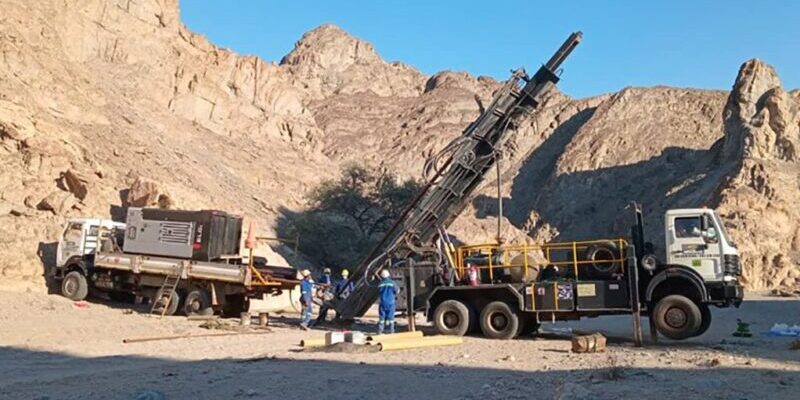GoviEx Uranium has launched its 2025 field season at the Muntanga uranium project in Zambia, marking a major step forward in its strategy to enhance the project’s long-term economic viability and expand its mineral resource base.
This new exploration phase follows four years of technical work, culminating in a positive feasibility study that outlined a post-tax net present value (NPV) of $243 million. Building on this solid foundation, the company is now shifting focus back to discovery, aiming to increase resource size, extend the projected mine life, and identify new uranium deposits that could significantly boost the overall scale and value of the Muntanga project.
2025 Drilling Campaign: Four High-Priority Targets
The campaign will include approximately 3,500 meters of drilling across 35 holes, targeting four key areas. These range from near-mine expansions at Muntanga itself to regional prospects like Kariba Valley, located around 70 kilometers southeast, along the same geological trend.
A recent reassessment of three core targets—using updated geological models—was presented to company executives during a site visit. The updated interpretations, alongside historical data, point to promising untapped potential across multiple zones.
“After years of feasibility and engineering work, we’re refocusing on exploration and discovery,” said Govind Friedland, GoviEx’s Executive Chairperson, on June 24. “Muntanga already sits on a solid foundation, but we believe there’s real opportunity for growth—both near current deposits and further out at Kariba Valley. This is one of Africa’s most underexplored uranium belts.”
Focus Areas for 2025
Muntanga East
Drilling will begin at Muntanga East, where 10 shallow holes—each up to 60 meters deep—will test radiometric anomalies located 5 kilometers from the planned open pit. These anomalies are found in the same geological formations that host the current resource. Preliminary interpretations suggest a potential deposit of 2 to 4 million pounds of U₃O₈, with grades ranging between 150 and 350 parts per million (ppm).
Dibbwi and Dibbwi South
At the Dibbwi deposit, five holes are planned just east of the existing pit, targeting radon anomalies that align with projected mineralized trends. These anomalies were only recently identified and have never been drill-tested.
Further south at Dibbwi South, trenching work will begin over newly mapped anomalies. The results of this trenching will guide future drilling plans.
Kariba Valley – Chisebuka Prospect
Within the Kariba Valley Mining License, GoviEx will drill at the Chisebuka prospect, acquired from African Energy Resources in 2017. Although this zone shares the same uranium-hosting formations as Muntanga and Dibbwi, it has seen little exploration to date.
Early geological modeling suggests a shallow, gently dipping mineralized zone stretching about 4 kilometers in strike length and 1 kilometer in width, with mineralization extending from surface to depths of up to 110 meters. GoviEx estimates a potential resource target of 20 to 30 million pounds of U₃O₈, with grades between 150 and 300 ppm.
Importantly, the Chisebuka area represents just 3% of the total Kariba Valley license, underscoring the vast unexplored potential that remains.
GoviEx plans to drill 20 proof-of-concept holes, totaling around 2,000 meters, with hole depths ranging from 50 to 150 meters. If results are favorable, the area could quickly move into a resource definition phase.
Next Steps
Drilling and trenching across all four target zones are scheduled to begin next week. Initial exploration results will guide the design of subsequent campaigns later in the 2025 field season, as GoviEx works to unlock the full resource potential of the Muntanga project and contribute to the growing relevance of uranium as a clean energy resource in Africa and beyond.
With this renewed commitment to exploration, GoviEx is positioning itself at the forefront of uranium development in one of the continent’s most promising but underexplored regions.















